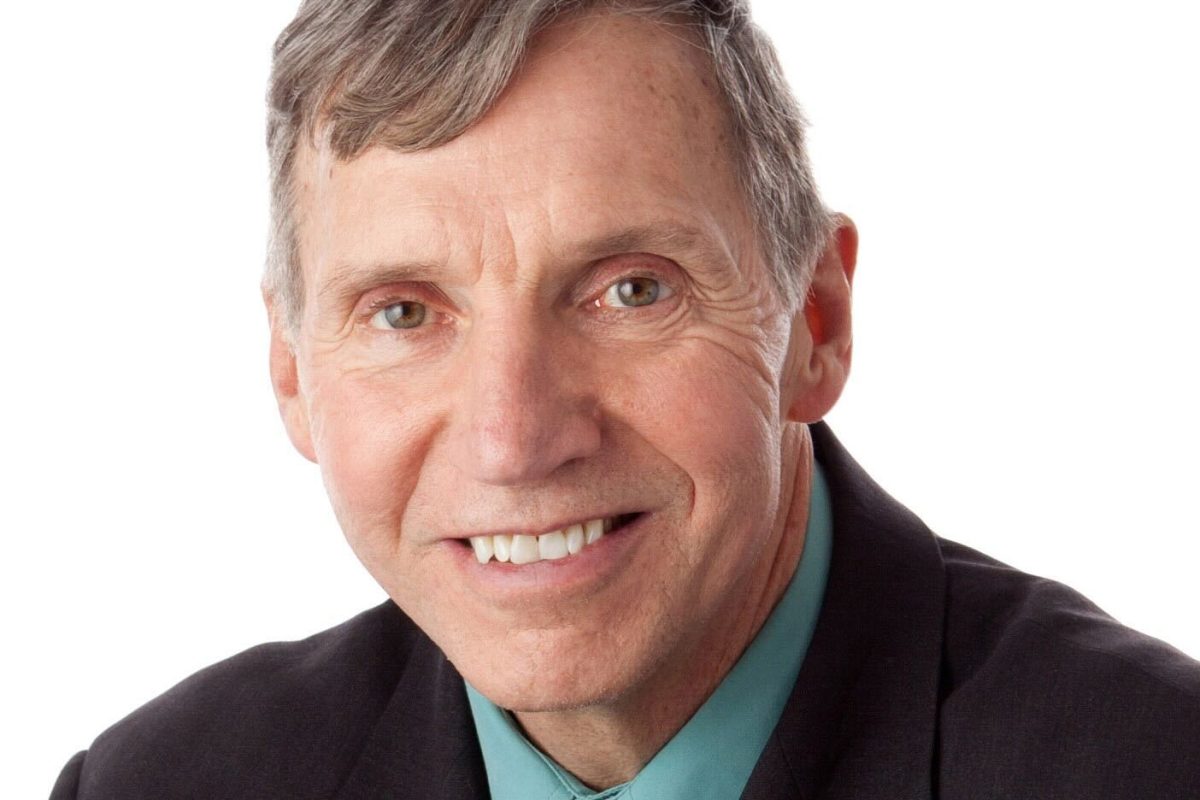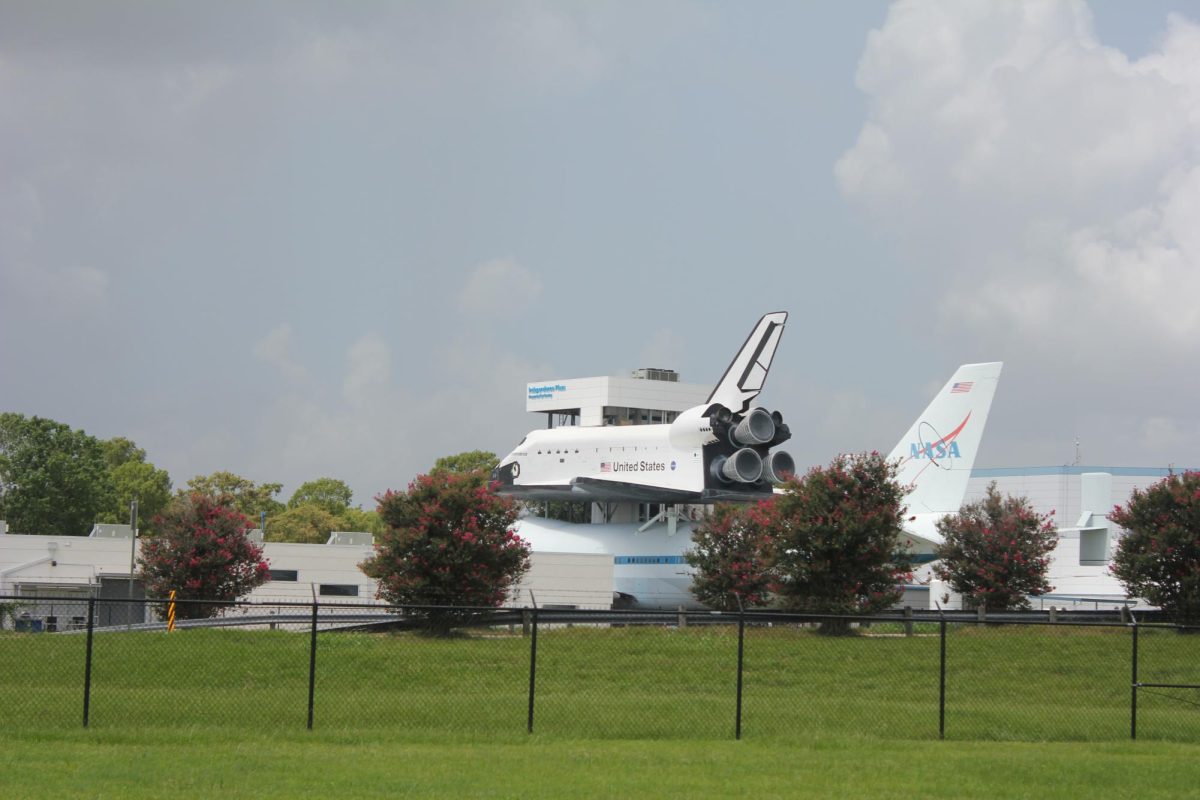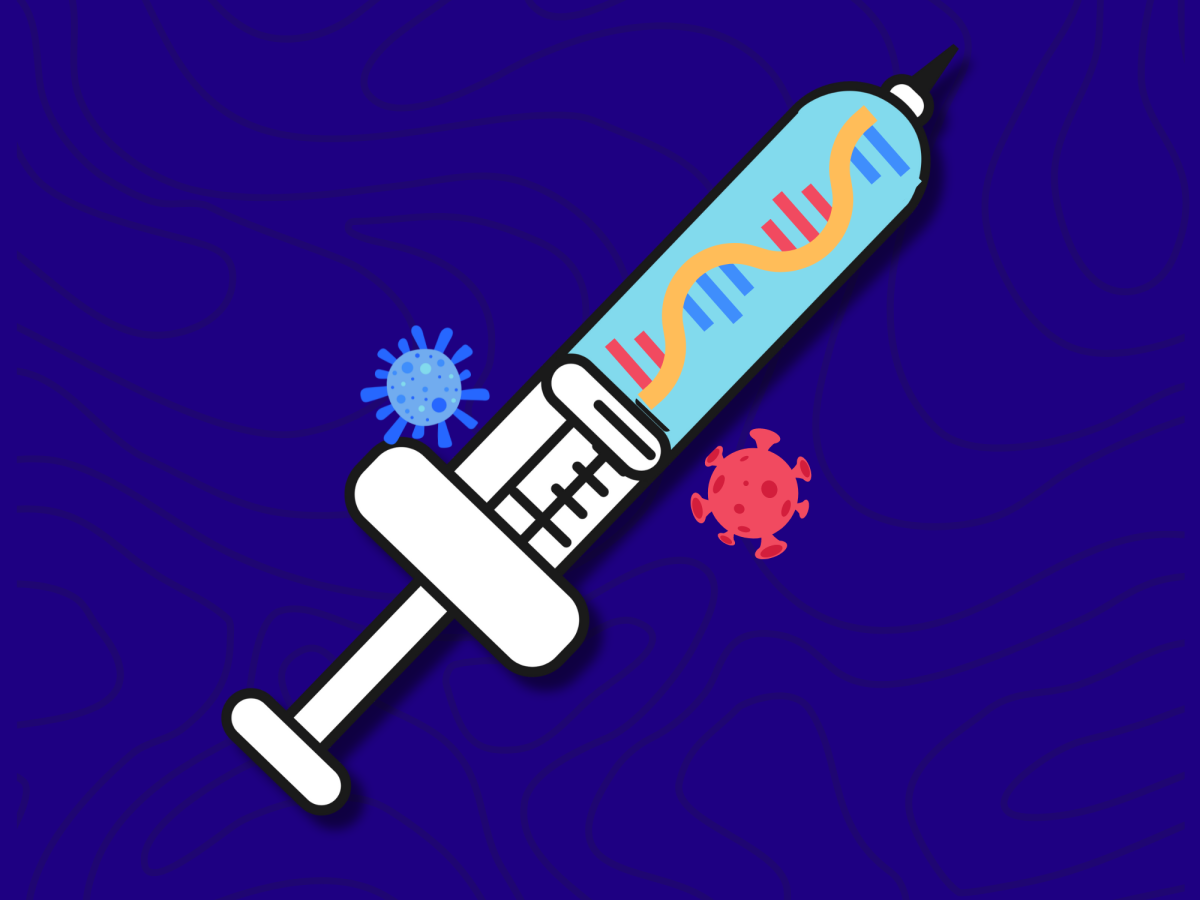Millions of people wonder what it’s like to go to space. For Dr. David Hilmers, that curiosity became reality. He flew not one, but four missions to outer space, with each one being near and dear to his heart.
Dr. Hilmers started his astronaut journey in 1979 while in Japan as part of the Marine Corps. He was with his commanding officer when they received a fax that said NASA was seeking qualified applicants. Dr. Hilmers looked over the requirements, and decided he would give it a go.
“So I just kind of said, well, [I’ll just] throw in my application, not thinking that I had much of a chance,” Dr. Hilmers said in a recent phone interview. “Many of the people that I worked with in the astronaut office [dreamed] of being an astronaut all their lives, and, so, I was a little different in that respect.”
The first stage of astronaut training was school. Dr. Hilmers’s class of 19 people went through numerous stages. In the first year, they were called astronaut candidates. This meant they weren’t given any true work assignments and were there to learn.
“You go visit a lot of the other NASA centers, and you just kind of learn about how NASA works and [go to] some basic lectures,” Dr. Hilmers said.
After they passed that stage, Dr. Hilmers’s class shed the title of candidates and became official astronauts.
Once he was out of training, Dr. Hilmers’s second stage was to take on roles to help other crews. For instance, he helped develop software, worked in mission control, and tested new hardware and software.
“I worked on a number of projects that were going to be flowing on upcoming missions, and [it’s] just kind of doing general training to get you qualified to be on the show,” Dr. Hilmers said.
The third and final phase of Dr. Hilmers’s astronaut journey was to be selected for a mission. Once he was selected for a mission, he went through training specific for that flight.
“That’s [the] stage I was in for the rest of my time,” hne said. “Once I flew a mission, I would wait for another assignment, and [go] back to stage two, where you’re helping other people.”
Dr. Hilmers’s first mission was on the Space Shuttle Atlantis in October 1985. He experienced many emotions before takeoff.
“The feelings start before you actually take off,” he said. “You have these [butterflies] in your stomach. I think the anxiety is almost as much for not wanting to make a mistake… ‘Am I going to screw up some experiment that’s been a guy’s life‘s [work]?’ ”
The journey into space made Dr. Hilmers experience a myriad of feelings. These were in large part impacted by the intensity and speed of the shuttle.
“The really weird thing is, you’re pressed back in your seat, and then the engines cut off, and now you’re not accelerating, and you’re in zero gravity, so everything starts to float, and [you’re] weightless,” he said, explaining how the astronauts go from zero to 17,500 miles per hour in just eight minutes after launch. “It’s kind of like if you stepped on the accelerator in a car really, really hard, and [you] go back in the seats.”
Once he was in space, Dr. Hilmers’s biggest challenge was sleeping.
“You can imagine how hard it would be to go through all those feelings and sensations, and then they’re saying, ‘OK, now go to sleep.’ ”
Sleeping in space is very different from sleeping on Earth; there isn’t a mattress at your back or gravity to keep you in place. Dr. Hilmers says the discomfort and desire to “look out the window” keeps many astronauts awake.
Dr. Hilmers retired from NASA in 1992 in order to pursue his dreams of helping others. While training for his fourth and final shuttle mission, Dr. Hilmers studied for medical school, and went on to attend Baylor College of Medicine and study internal medicine and pediatrics. Currently, at age 74, he is a professor at Baylor College of Medicine.
“I never lost that desire to be a doctor someday,” he said.
About four years ago, Dr. Hilmers returned to NASA as a doctor. He looks at medical issues that astronauts may face while in space.
Throughout Dr. Hilmers’s time at NASA, he has always enjoyed meeting new people to work with. His true sense of accomplishment comes from collaboration.
“Once you become part of a crew, you have a very defined objective you are told to achieve,” he said. “And there’s a real sense of satisfaction of working together as a team and achieving the objectives of that mission.”
–Aug. 8, 2024–










